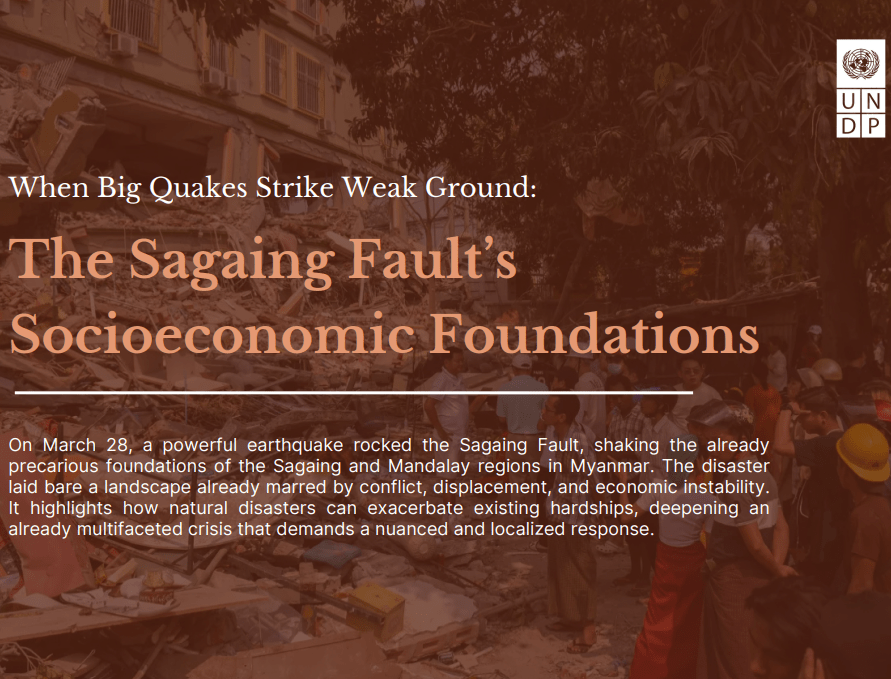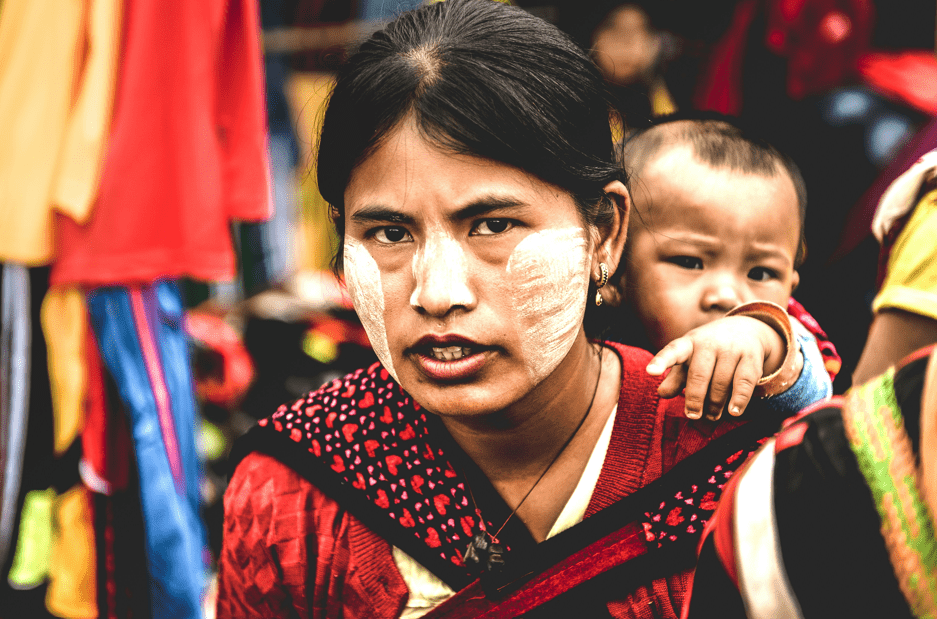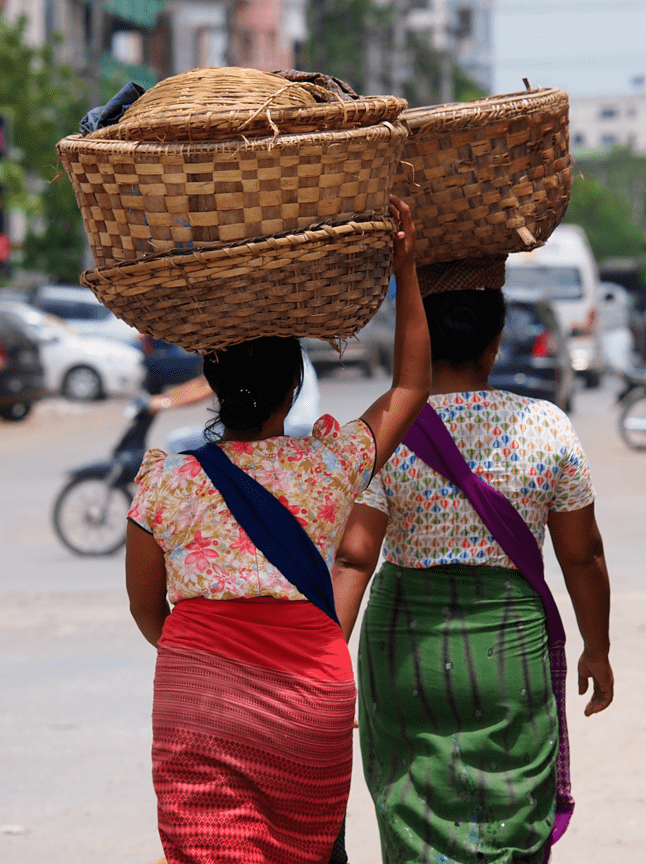
The Sagaing Fault’s Socioeconomic Foundations
While the earthquake delivered a sudden and devastating blow, it did so upon a foundation
Myanmar, a least developed country, achieved significant poverty reduction over the last decade through a historical transition towards peace, democracy, and a market-oriented economy. However, vulnerabilities persisted as a substantial portion of the population faced low consumption levels and uncertain incomes.
April 2021
Myanmar, a least developed country, achieved significant poverty reduction over the last decade through a historical transition towards peace, democracy, and a market-oriented economy. However, vulnerabilities persisted as a substantial portion of the population faced low consumption levels and uncertain incomes. Moreover, the ongoing COVID-19 pandemic brought about challenges. If these crises are not addressed, the combined effect of these two crises could drive up to 12 million people into poverty. That could result in as much as 25 million people – nearly half of Myanmar’s population – living below the national poverty line by early 2022, a level of impoverishment not seen in the country since 2005. Without rapid corrective actions on economic, social, political, and human rights protection policies, these scenarios will put Myanmar’s efforts to achieve the Sustainable Development Goals by 2030 well out of reach.
As a dire and complex situation unfolds – characterized not only in humanitarian terms but also as a deep crisis in development, democratization, and human rights – and circumstances worsen, international support will play an important role in safeguarding the well-being of the Myanmar population.
This report presents UNDP research findings on the socio-economic impacts of the COVID-19 pandemic and the ongoing military takeover in Myanmar. Utilizing the ‘bottom-up’ approach and drawing from data sources like the Myanmar Living Conditions Survey (2017) and Household Vulnerability Survey (2020), this report sheds light on the vulnerabilities that existed even before the pandemic.
Further Information: This report was used for a second poverty assessment, published in October 2021, available here.

While the earthquake delivered a sudden and devastating blow, it did so upon a foundation

Myanmar is grappling with an unprecedented “polycrisis” that has reshaped every aspect of life over

Coming soon Coming Soon Unveiling the Household-Based Human Development Index in Myanmar: Concentrated Loss and

Coming soon Coming Soon An Unfolding Exodus: Migration and Youth Perception To be published Coming